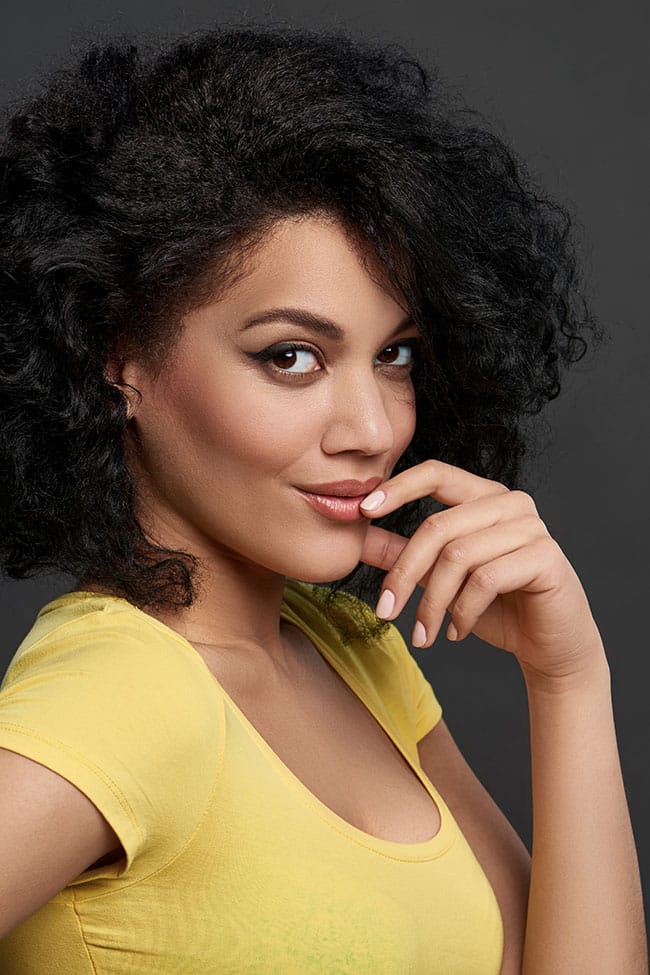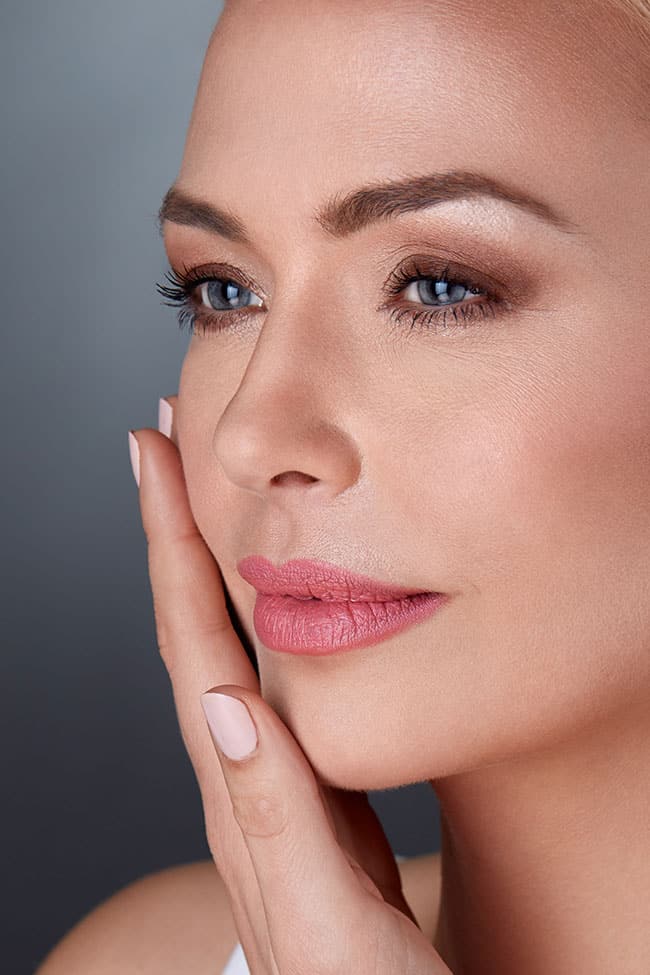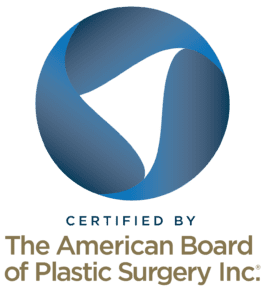Many people who don’t like the appearance of lines, wrinkles, or sagging skin on their faces as they age may consider plastic surgery, such as a facelift or eyelid lift. But did you know there are nonsurgical ways to reduce the appearance of facial aging?
That’s what Botox can do. Your healthcare provider can inject tiny amounts of Botox into the corners of your eyes, mouth, or other locations. The injections freeze specific muscles on your face so they cannot contract, which smooths facial lines and wrinkles.
Most patients opt for Botox in their 40s and 50s after they have wrinkles and creases apparent. But there is a trend to have Botox as early as the 20s to prevent lines and wrinkles from even forming.
This is called preventative Botox, and you can learn more about it below.
How Preventative Botox Works
Some plastic surgeons and dermatologists contend that preventative Botox will stop wrinkles from appearing.
They say when you start in your 20s or early 30s there are fewer lines and wrinkles, so you won’t need as much Botox as someone who starts treatments when they’re older.
Botox affects the small muscles controlling facial expression by blocking signals from the nerves to the muscles. Most facial wrinkles stem from repetitive movements of tiny facial muscles, so Botox reduces their ability to contract, which prevents wrinkles.
Botox is different from dermal fillers, which involve injecting collagen substitutes or gel to increase facial volume. On the other hand, Botox blocks nerve signals.
See Also: How Botox Injections Works
Botox Procedure
Getting Botox injections is straightforward and involves little to no recovery. Before the first injections, you’ll have a consultation with your surgeon or doctor. They’ll talk to you about your procedure and what you expect to gain from preventative Botox injections.
They’ll also discuss potential side effects and complications.
Next, you’ll lie down, and the healthcare provider may ask you to make a facial expression so they can see the muscles and wrinkles. This helps them to aim the injection precisely.
You may feel a slight sting when the tiny needle is inserted, but it only lasts for a few seconds.
After you have Botox injections, you may see small bumps for up to an hour at the injection sites, but they’ll fade. Also, you will need to keep your face upright for about three or four hours, and you shouldn’t exercise for at least one day.
Patients like to have preventative Botox injections in the corners of the eyes, in the furrows of the brow, and in between the eyebrows.
Some patients use Botox to avoid the smile lines around the lips, and it also can prevent wrinkles around the chin. But your doctor may advise you to use dermal fillers in those areas.
Complications And Side Effects
Few people have severe complications from Botox injections, especially if you use a well-trained healthcare professional. Some of the common side effects are:
- Sinus inflammation
- Dry eyes
- Headache
- Bruising or swelling at the injection site
These injections can cause severe complications in rare situations, such as double vision, loss of control of the bladder, rash, or difficulty breathing.
If you choose preventative Botox, one thing to remember is getting a ‘frozen’ facial expression that can come from using the substance to prevent wrinkles. This problem can happen if the provider uses too much Botox or puts it in the wrong place.
That’s why it’s vital to choose a skilled practitioner for your injections. The good news is if you have too much Botox, the effects only last a few months.
Preparing For Preventative Botox
You don’t need to do much to prepare for your Botox treatment. You shouldn’t take over-the-counter pain medication before your treatment because it can thin the blood; this isn’t recommended before having any cosmetic procedure.
Also, talk to your doctor about herbal supplements or medications you’re on before you have your procedure.
Your provider will cleanse your skin before Botox injections, but you can make this faster by not having makeup on when you go to your session.
Preventative Botox Recovery
Recovering from Botox injections is fast. After about 30 minutes, any bumps that you saw at the injection sites should fade. However, you should be prepared to sit upright for several hours, and you shouldn’t exercise for at least one day.
Botox starts to work to relax the facial muscles about four to seven days after your session. After that, you should begin to see your facial muscles are firmer and have fewer lines and wrinkles.
For most patients, the results from Botox fade after three months. So you won’t need to make changes to your lifestyle, but you will probably need touch-ups every 90 days.
Having Botox in your younger years could mean you have fewer wrinkles when you’re older. However, because preventative is relatively new, it’s uncertain how long the injections can prevent wrinkles.
Because Botox results disappear after three months or so, you’ll probably need to keep getting treatments to prevent wrinkles from appearing.
Preventative Botox can help prevent wrinkles before they form, and it doesn’t involve surgery. So, it’s worth considering this popular procedure to keep you looking young. Also, consider having this procedure as part of a mommy makeover or breast augmentation to give you a total body makeover.
Request a Houston Preventative Botox Consultation
Interested in preventative Botox in Houston? Please set up a consultation with Dr. Ashley Steinberg today. She’ll talk to you about the risks and benefits of preventative Botox injections and help you decide if this procedure will help you.
References
Preventative Botox. (n.d.). Accessed at https://www.healthline.com/health/beauty-skin-care/preventative-botox#overview
Is Preventative Botox In Your 20s and 30s Worth All The Hype? (2017.). Accessed at https://www.self.com/story/what-is-preventative-botox
Should I Get Preventative Botox, Or Am I Too Young? (2019). Accessed at https://www.insider.com/should-i-get-preventative-botox-or-am-i-too-young-2021-4












